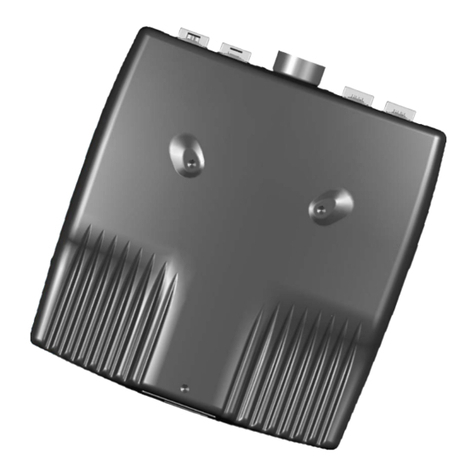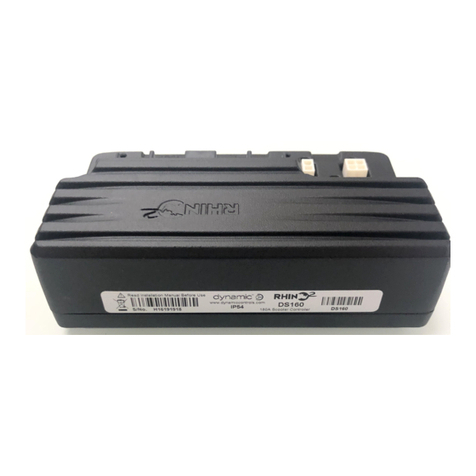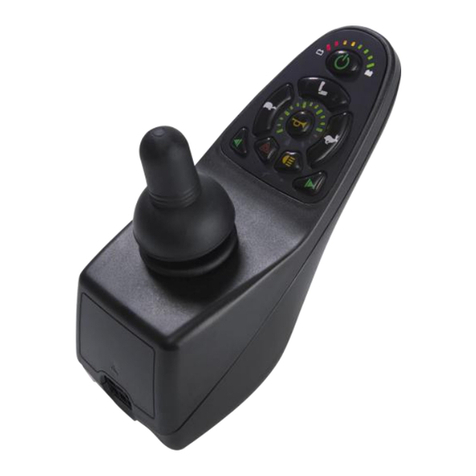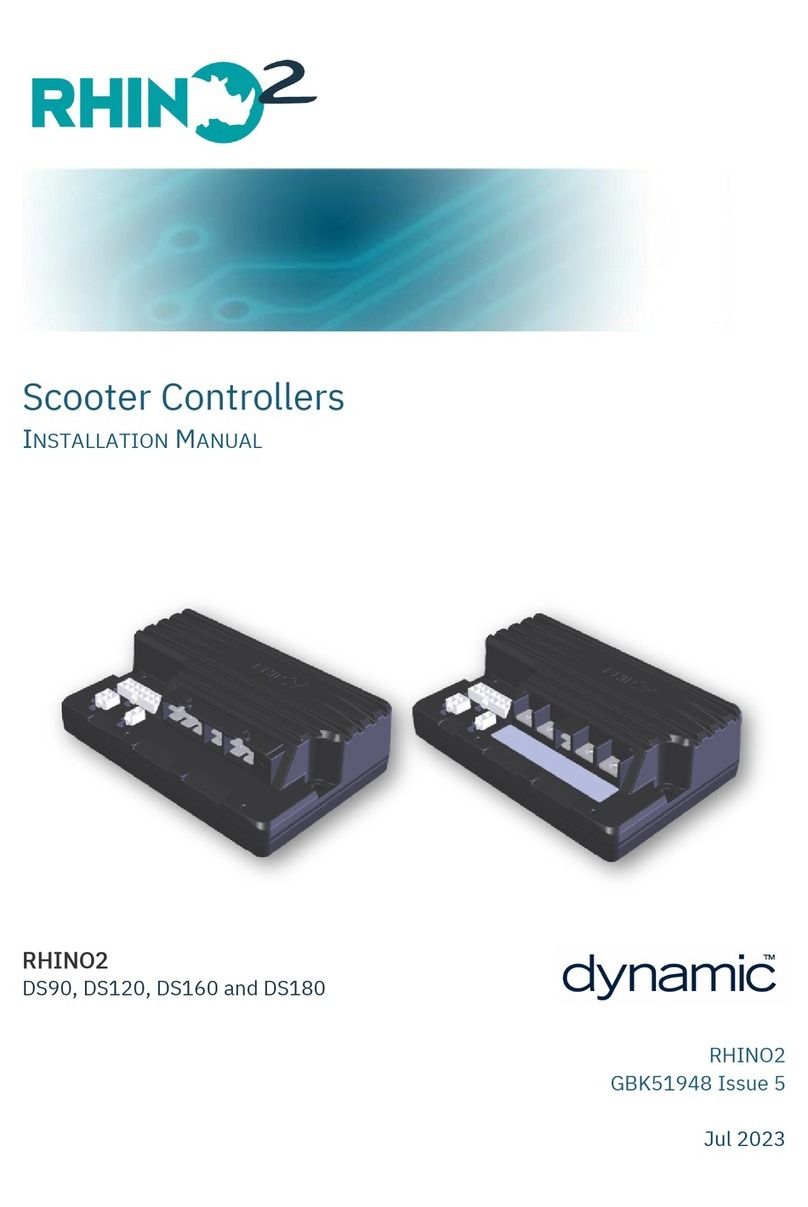
4.4.3.3 Forward Deceleration ................................................................... 76
4.4.3.4 Maximum Reverse Speed............................................................. 77
4.4.3.5 Reverse Acceleration .................................................................... 77
4.4.3.6 Reverse Deceleration.................................................................... 78
4.4.3.7 Minimum Forward Speed.............................................................. 78
4.4.3.8 Minimum Reverse Speed .............................................................. 79
4.4.3.9 Soft Start Period .............................................................................. 79
4.4.3.10 Soft Finish.......................................................................................... 80
4.4.3.11 Emergency Deceleration ............................................................. 80
4.4.3.12 Slam Braking .................................................................................... 81
4.4.3.13 Push Speed...................................................................................... 81
4.4.3.14 Roll-away Speed ............................................................................ 82
4.4.3.15 Speed Reduction Wiper (SRW) parameters.............................. 82
4.4.3.16 SRW Scaling Resistor (Ohm).......................................................... 83
4.4.4 OEM Drive Limits........................................................................84
4.4.4.1 Maximum Forward Speed Limit ................................................... 84
4.4.4.2 Maximum Reverse Speed Limit.................................................... 84
4.4.4.3 Minimum Forward Speed Limit .................................................... 84
4.4.4.4 Minimum Reverse Speed Limit ..................................................... 84
4.4.4.5 Acceleration Limit .......................................................................... 84
4.4.4.6 Deceleration Limit .......................................................................... 84
4.4.5 Motor Management ................................................................85
4.4.5.1 Motor Protection ............................................................................ 85
4.4.5.2 Motor Protection Parameters....................................................... 85
4.4.5.3 ThermalRollbackStart / End .......................................................... 86
4.4.5.4 Motor Reverse ................................................................................. 86
4.4.5.5 Load Compensation ..................................................................... 86
4.4.5.6 Maximum Load Compensation .................................................. 88
4.4.5.7 Load Compensation Damping ................................................... 88
4.4.5.8 Remembered Load Compensation........................................... 89
4.4.5.9 Current Limit .................................................................................... 89
4.4.5.10 Boost Current/ Boost Time............................................................. 90
4.4.5.11 Stall Timeout..................................................................................... 90
4.4.5.12 Motor Testing ................................................................................... 92
4.4.5.13 Maximum Motor Voltage ............................................................. 92
4.4.6 Park Brake Management........................................................93
4.4.6.1 Park Brake Testing........................................................................... 93
4.4.6.2 Park Brake Neutral Delay .............................................................. 93
4.4.6.3 Park Brake Release Delay............................................................. 94
4.4.7 Battery Management ..............................................................95
4.4.7.1 Overvoltage Rollback ................................................................... 95
4.4.7.2 Undervoltage Rollback ................................................................. 95
4.4.7.3 Battery Gauge Minimum/Maximum........................................... 96
4.4.7.4 Battery Gauge Warning................................................................ 97
4.4.7.5 Battery Cut-Off Voltage................................................................ 97
4.4.7.6 Battery Gauge Dead-band ......................................................... 97
4.4.7.7 Battery Gauge Sensitivity.............................................................. 98
4.4.8 System Options .........................................................................99
4.4.8.1 Service Scheduler........................................................................... 99
4.4.8.2 Actuator Time-Out ......................................................................... 99
4.4.9 Multi-function Inputs Configuration .....................................100
4.4.9.1 Pin [X] Function .............................................................................100
4.4.9.2 Active States ................................................................................. 103
4.4.10 Multi-function Outputs Configuration..................................104
4.4.10.1 Flash Code Type ...........................................................................104































